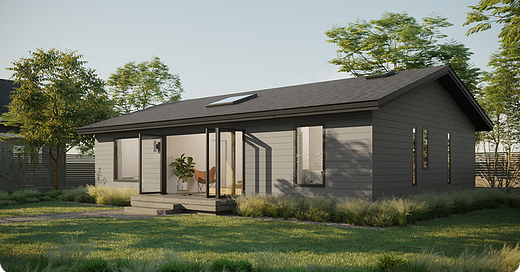The Second Home in Your Backyard
Recent regulatory changes have unlocked new opportunities in the single family market. How are the best operators implementing ADUs to maximize returns?
Thesis Driven is a newsletter series that dives deep into emerging themes and real estate operating models and features a handful of GPs executing on each theme. The deep dives will give an investor enough context to understand the trend as well as opportunities for personal introductions to relevant GPs actively executing on opportunities. This week’s theme is on Accessory Dwelling Units.
Over the past two years, much has been written on institutional investors’ appetite for single family homes. By the end of 2021, almost a fifth of all single family homes bought in the United States were purchased by an institutional investor with even higher concentrations in Sunbelt markets. With a large amount of capital pursuing a relatively fixed stock of assets, investors are increasingly looking for a unique angle on the market. So what if one home could become two?
Enter the Accessory Dwelling Unit, or ADU. Recently, a number of states and municipalities in the United States have liberalized rules around the construction of ADUs. Most notably, housing-constrained West Coast markets have made it markedly easier and more lucrative for homeowners and investors alike to build second homes in their backyards, whether as a seasonal getaway for Grandma or as an income-producing rental property.
A new generation of GPs are capitalizing on these regulatory shifts, creating new rental units in expensive, single-family neighborhoods out of backyards and garages. In California alone, 60,000 new ADUs have been permitted since their legalization in 2016. Today we will profile a few of these GPs to better understand the ADU opportunity and the challenges it faces, particularly for institutional investors deploying capital at scale.




